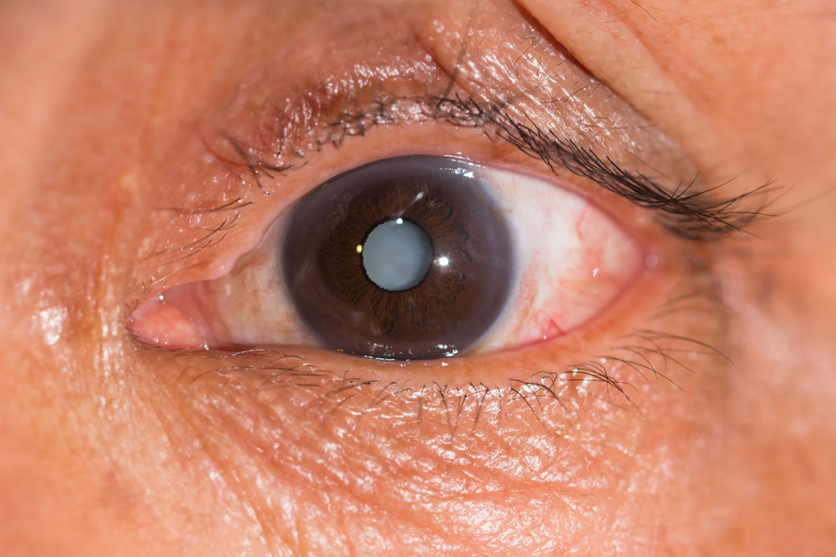
Cataracts are one of the leading causes of vision impairment worldwide, particularly affecting older adults. While they develop gradually, cataracts can significantly interfere with daily activities like reading, driving, or recognizing faces if left untreated.
WHAT IS A CATARACT?
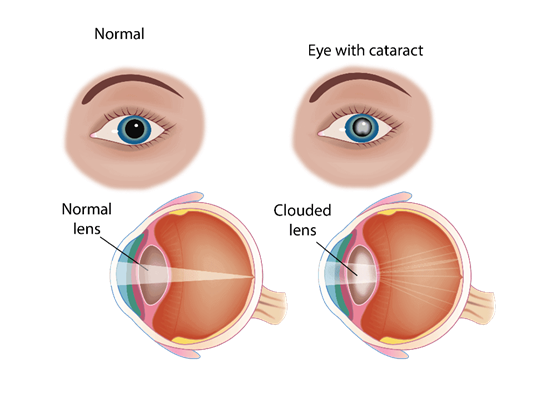
A cataract occurs when the lens of the eye becomes cloudy, preventing light from properly passing through to the retina. The result is blurry or dim vision. Cataracts usually develop slowly and are often related to aging, but they can also be caused by other factors.
COMMON CAUSES OF CATARACTS
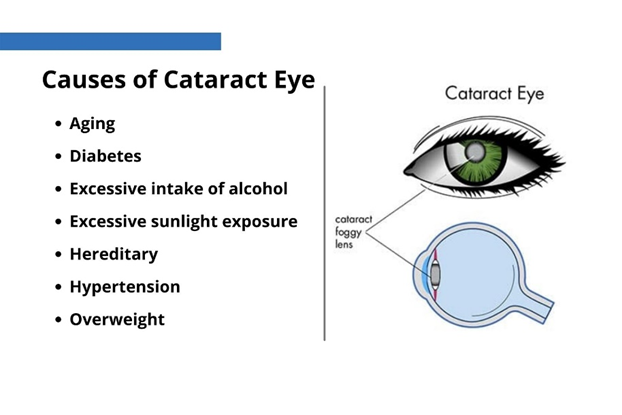
– AGING – The most common cause, usually after age 60
– UV EXPOSURE – Prolonged exposure to sunlight without protection
– DIABETES – Can accelerate cataract formation
– EYE INJURY OR SURGERY – Trauma or previous operations
– GENETICS – Family history of cataracts
– SMOKING AND ALCOHOL– Increase risk over time
– CERTAIN MEDICATIONS– Long-term use of steroids
SYMPTOMS TO WATCH FOR
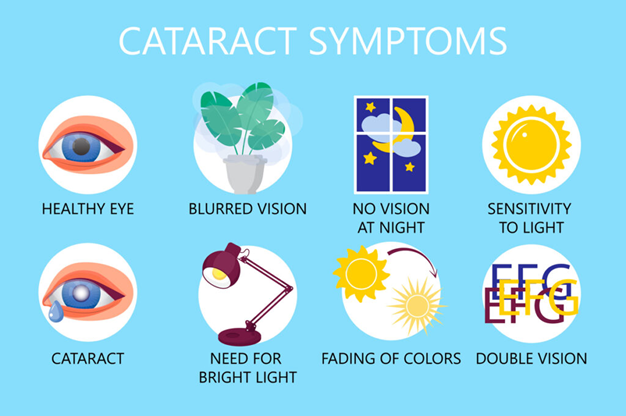
– Cloudy or blurry vision
– Trouble seeing at night
– Sensitivity to light and glare
– Fading or yellowing of colors
– Seeing “halos” around lights
– Frequent changes in eyeglass or contact lens prescription
DIAGNOSIS
Cataracts are usually diagnosed during a comprehensive eye exam, which may include:
– Visual acuity test
– Slit-lamp examination
– Retinal exam after dilation
TREATMENT OPTIONS
In early stages, vision may be improved with:
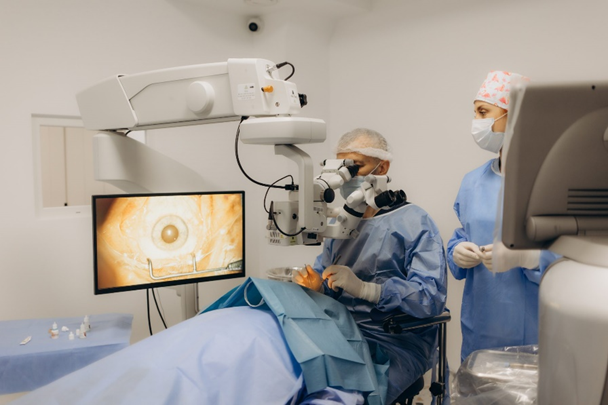
– Stronger glasses or magnifiers
– Better lighting
– Anti-glare sunglasses
As the cataract progresses, surgery becomes the most effective treatment. Cataract surgery is common, safe, and highly successful. The cloudy lens is replaced with a clear artificial lens (intraocular lens or IOL).
CAN CATARACTS BE PREVENTED?
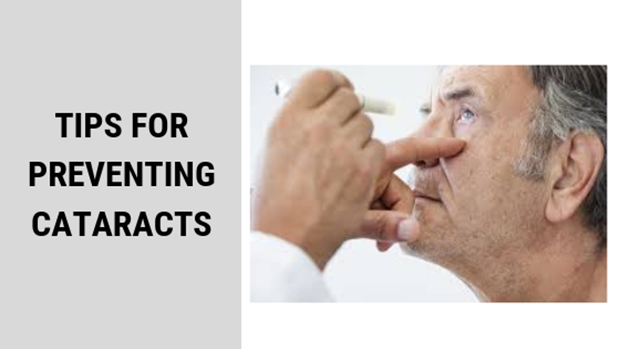
While not all cataracts can be prevented, you can reduce your risk by:
– Wearing UV-protective sunglasses
– Managing chronic conditions like diabetes
– Eating a healthy, antioxidant-rich diet
– Quitting smoking and limiting alcohol
– Getting regular eye checkups, especially after age 40
Cataracts are a natural part of aging for many people, but they don’t have to mean the end of clear vision. With awareness, early detection, and effective treatment especially surgery most people with cataracts can regain sharp, functional eyesight and continue enjoying their daily lives.
By: Adenola Eniola.

